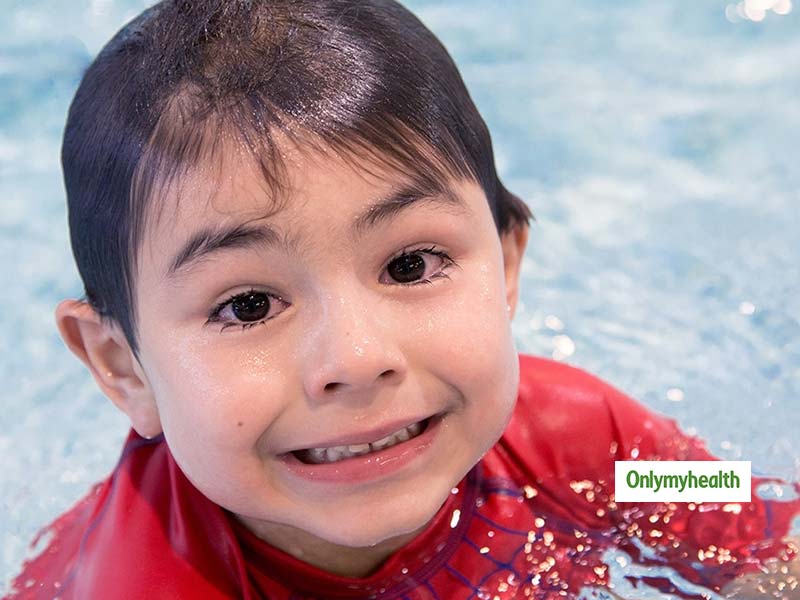
Come summers and everyone longs for that one refreshing dip in the pool. For kids, it is said to be one of the most effective forms of exercise with several benefits associated with it. It not just a great full body workout but also gives much-needed relief from the scorching heat. However, this fun activity can also pose a great deal of threat to your child if not given extra care. Even though the excessive amount of saline and chlorine is said to be important to keep the water clean, the high level of chemicals can give a tough time to your kid’s sensitive eyes.
Introduction to Swimmer’s Eye
Ever noticed the red eyes of your kids after a swimming session? That very syndrome is known as the Swimmer’s Eye. Also known as chemical conjunctivitis, Swimmer’s Eye is a consequence of the washing away of tear film and water content due to chemicals present in the water. If not addressed properly, those red eyes can even lead to ulcers. The Swimmer’s Eye syndrome may appear in one or both the eyes simultaneously. Following are some of the symptoms of Swimmer’s Eye:

- Constant irritation
- Excessive watering
- Redness and a continuous burning sensation
- Itching
- A disturbed or a blurred vision
- Swollen eyelids
- Whitish discharge
Also read: Link Between Obesity and Mental Health in Children
Tackling the Situation
Kids who swim regularly may often complain of dryness in the eye. It is because of the thinning or washing of the eye’s tear film. They will usually complain of a poking sensation in the eye or a blurry vision. Swimmer’s Eye can be easily tackled in kids, provided if proper care and precautions are taken:

- The best possible way to keep your child’s eyes safe is by ensuring an appropriate goggle of swimming worn by him/her. It is essential for the kids to wear goggles to keep their eyes safe from the excess of chlorine and chemicals in the water. One can also buy a UV- protective goggle from the market for enhanced safety.
- Those having a private pool in their vicinity can ensure to keep the pH level of the pool water balanced. A human eye produces tears with a pH level of 7.0. Scientifically, a lesser value of pH level will lead to irritation and itching. The ideal pH level of the water in this scenario should be 7.3 to 7.8.
- As we all know that light reflects in the pool water, it is best to make your child wear sunglasses when not inside the pool. It helps in saving the eyes from UV rays and discomfort from direct sunlight.
- The best way to ensure a healthy eye is to be hydrated. Proper hydration will help keep the tear film healthy. Ensure that the child consumes more than usual water on the day of swimming than other regular days.
Treating the Condition
Despite taking all measures, it is common for kids to get exposed to chemicals while swimming. Worry not! This syndrome can be very well treated with much care:
- Rinse your eyes with cold water immediately after a swim. One can also resort to the use of saline eye drops.
- For the kids complaining of constant itching and irritation, a cold compress can also help in relieving from the discomfort.
- Over-the-counter eye drops can be given to lubricate the eyes of the kid. However, it is best to first consult a doctor for the same.
Read more articles on Children's Health
How we keep this article up to date:
We work with experts and keep a close eye on the latest in health and wellness. Whenever there is a new research or helpful information, we update our articles with accurate and useful advice.
Current Version
